Activities To Help Teach Kids About Different Cultures
8 min read
Last Modified 12 March 2025 First Added 4 July 2024
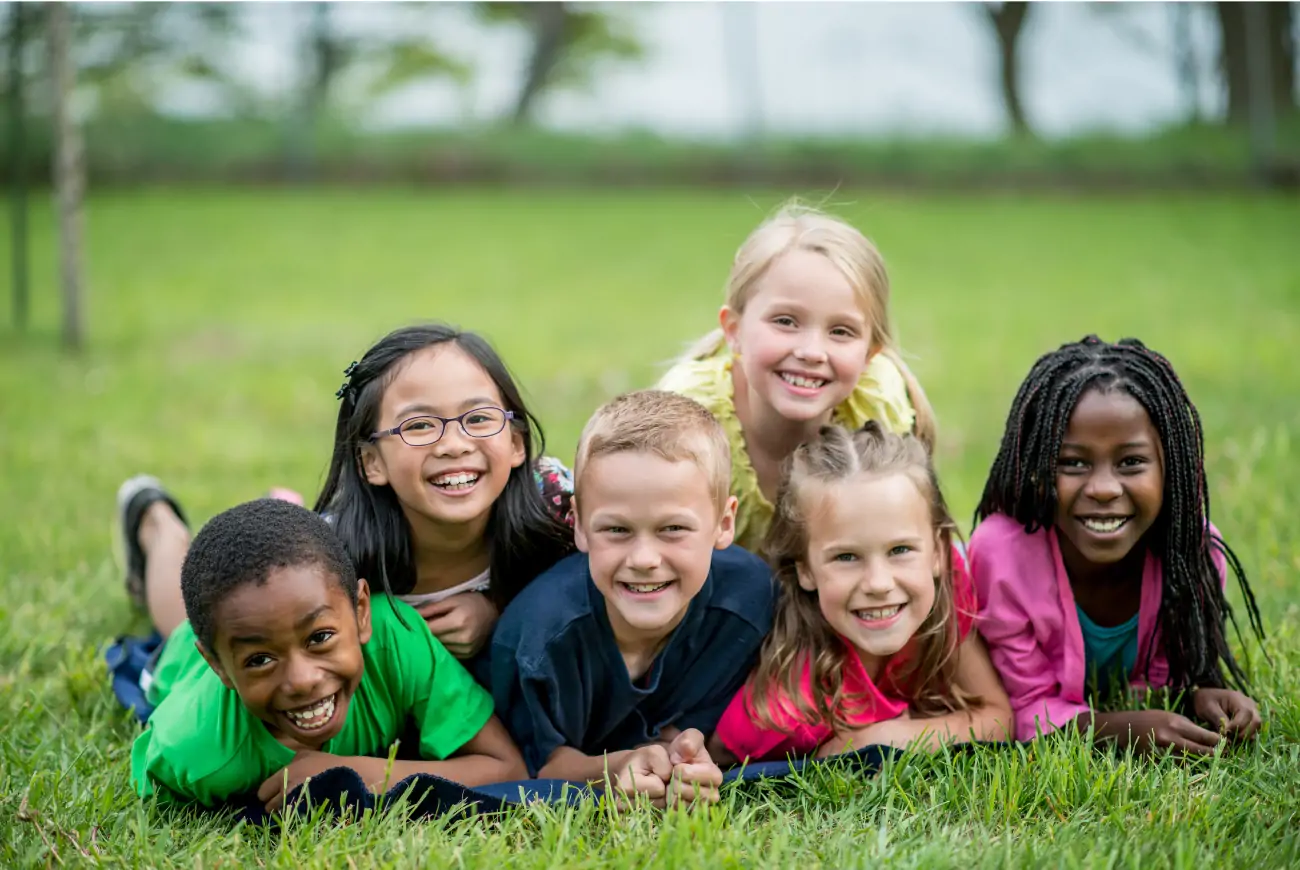
Understanding and engaging with our diverse world is a core part of the Early Years Foundation Stage framework that focuses on ensuring children grow up to be confident, accepting, and positive participants in society.
Kids are naturally inquisitive and far more ready to learn about the world than some adults, which is a wonderful trait to nurture. When raising the future generation, it’s important to remember that emotional skills like empathy, acceptance, and respect are things we need to be taught, just like reading, writing, and maths!
Dealing with diversity isn’t simply about our social upbringing, though. Everything in the world presents in a huge variety of ways that we have to embrace, for example:
Learning about differences and how to engage with the unfamiliar is crucial for children to be confident when going to new places, recognising concepts, and processing new information. If we are not taught about diversity in life, then we may develop anxiety about the world, an inability to cope with change, and difficulty picking up new skills.
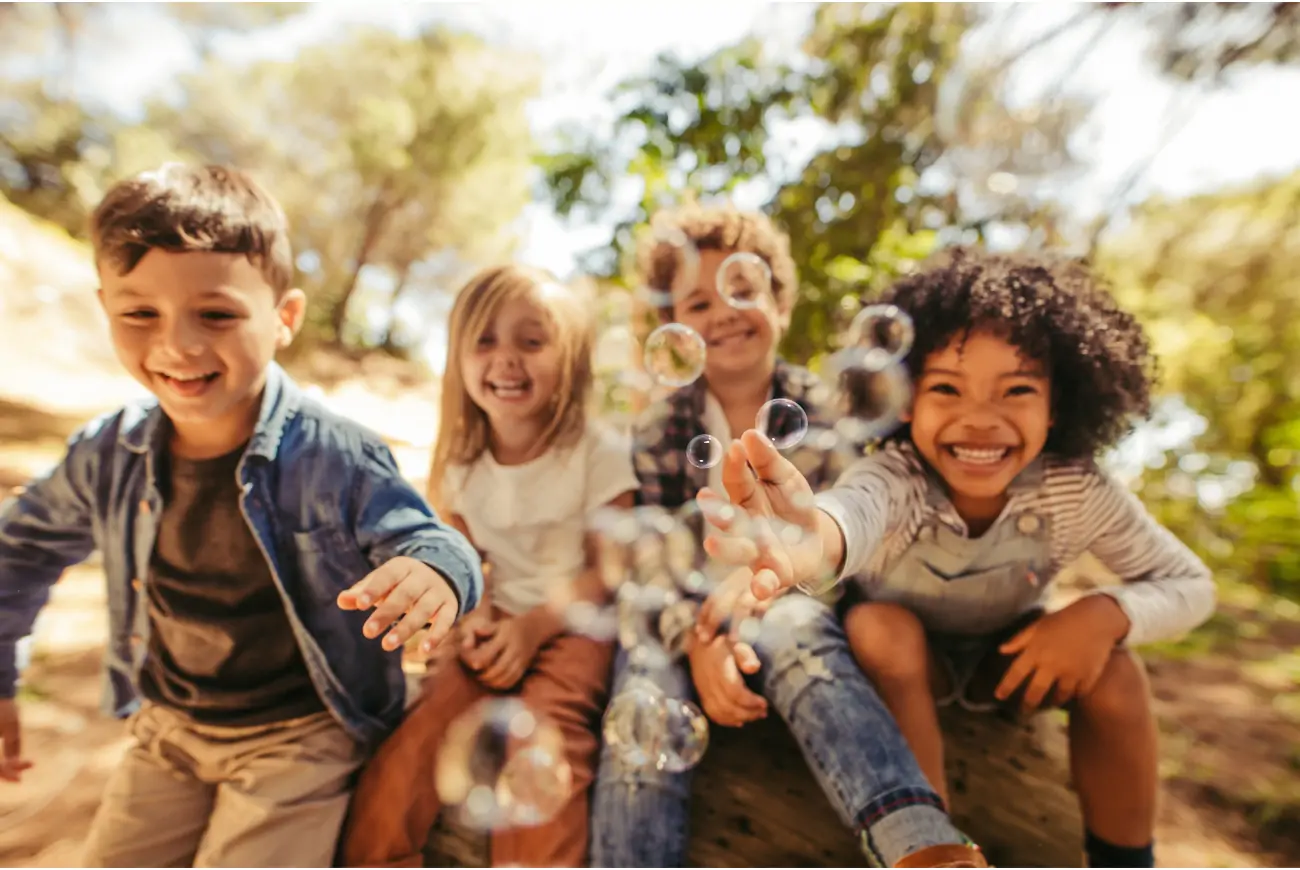
While we get exposed to new things every day, it’s still important to recognise the activities that specifically build skills associated with engaging with the world. Remember, children are experiencing the world for the first time, so even if it seems mundane to you, it can be a key learning opportunity. Setting them up for positive experiences will help them learn the skills needed to be well-rounded adults.
Getting out and about is a fantastic way to start their education early as you introduce them to new spaces and environments. At a young age, this can include simple things like visiting the supermarket, shops, and outdoor spaces or even taking a stroll around different parts of the neighbourhood. We might not think about it as adults, but this allows children to experience new sounds, sights, smells, and textures, which encourages them to feel safe when they leave familiar places.
The more you explore with your child, the more of the world they will see. They will have the opportunity to be around people who might look like them and go into spaces that feel very different to home. It’s important to support them to feel secure when they’re out and answer any questions they have, promoting empathy, acceptance, and politeness.
Even to grown-ups, getting used to different modes of public transport can be tricky. If you have the opportunity, introduce your little ones to all kinds of transport to get them used to the changing scenery and navigating new environments. Even playing with transport toys can be a fun way to introduce new concepts and technologies before they go out.
As they get a bit older, you can encourage them to buy their own tickets, use maps to figure out how to get where they want to go, and what to do if they get lost. This is a great way to support their confidence and problem-solving in a secure environment, which will reduce anxiety and help them become independent adults.
Food is central to all communities and cultures across the world, so being open to trying new foods is one of the best ways to learn and connect. Children are often thought of as picky eaters, but really, they like what they know, and children across different cultures eat what is traditional to them. To avoid fussiness or anxiety, introducing a variety of foods early on can really support curious eaters. Regularly introducing different food is not only good for their taste buds but also encourages them to try new things and make judgements for themselves. You can make it a family activity to make a new recipe or try a new ingredient. This helps them learn from your example and creates an engaging, supportive environment for them to learn.
Playing with kitchen toys can encourage children to copy skills they’ve seen, like stirring, chopping, and pouring safely. Getting them excited about food and cooking is also a great way to make them more adventurous with their palettes, so making healthy, diverse foods is easier.
Unfortunately, it’s not possible to see everything in the world in person, but we do have access to wonderful games, books, and documentaries that can teach us. Try to incorporate educational toys like science experiments, interactive maps, and musical instruments to introduce a range of different sensory experiences. For a family movie night, maybe switch to a vibrant documentary, like Blue Planet, an immersive and educational watch for all ages.
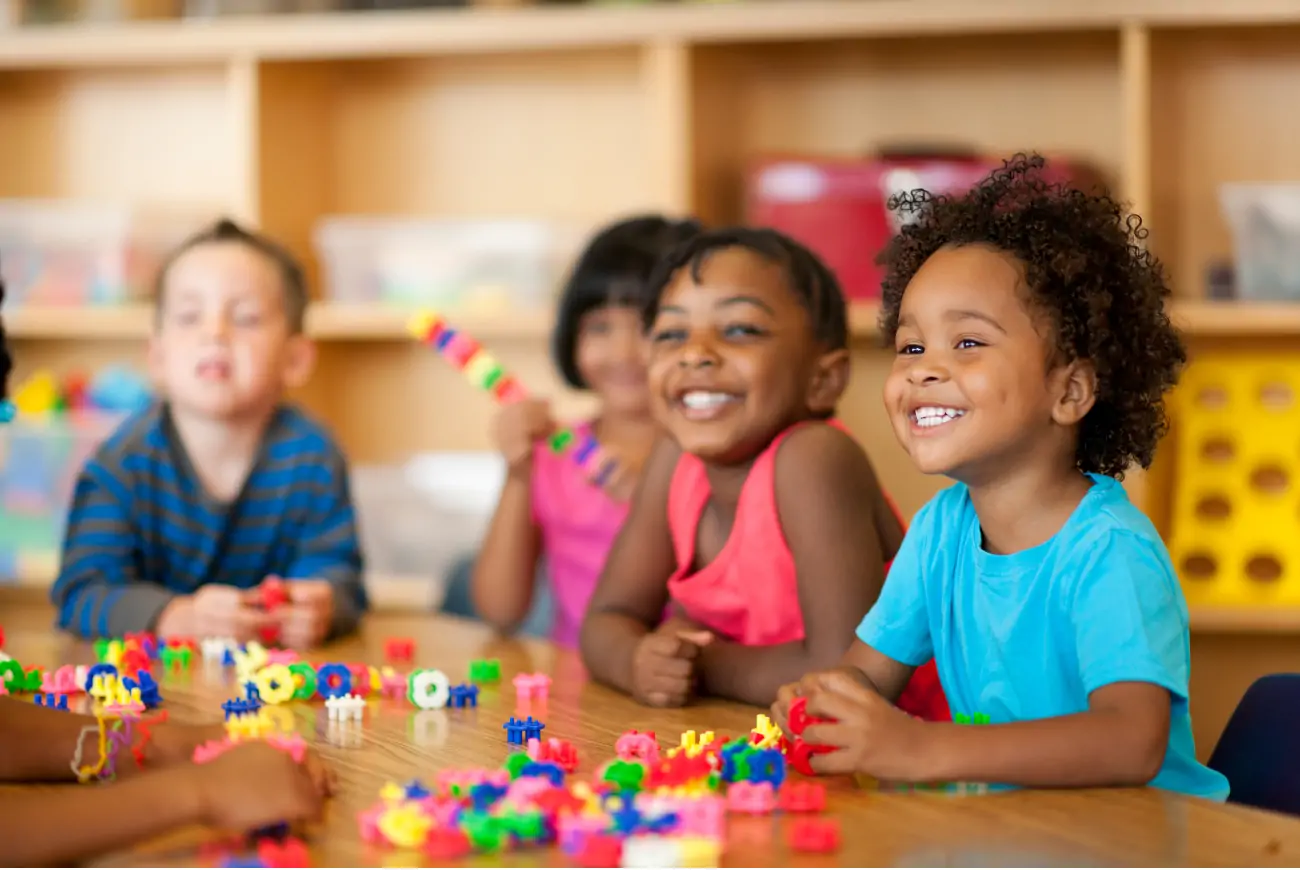
It can be difficult to know how to branch out of your own cultural environment and find ways to expose kids to something different in a respectful and accessible way. Here are a few of our favourite activities that allow kids to engage with cultural differences and encourage their curiosity.
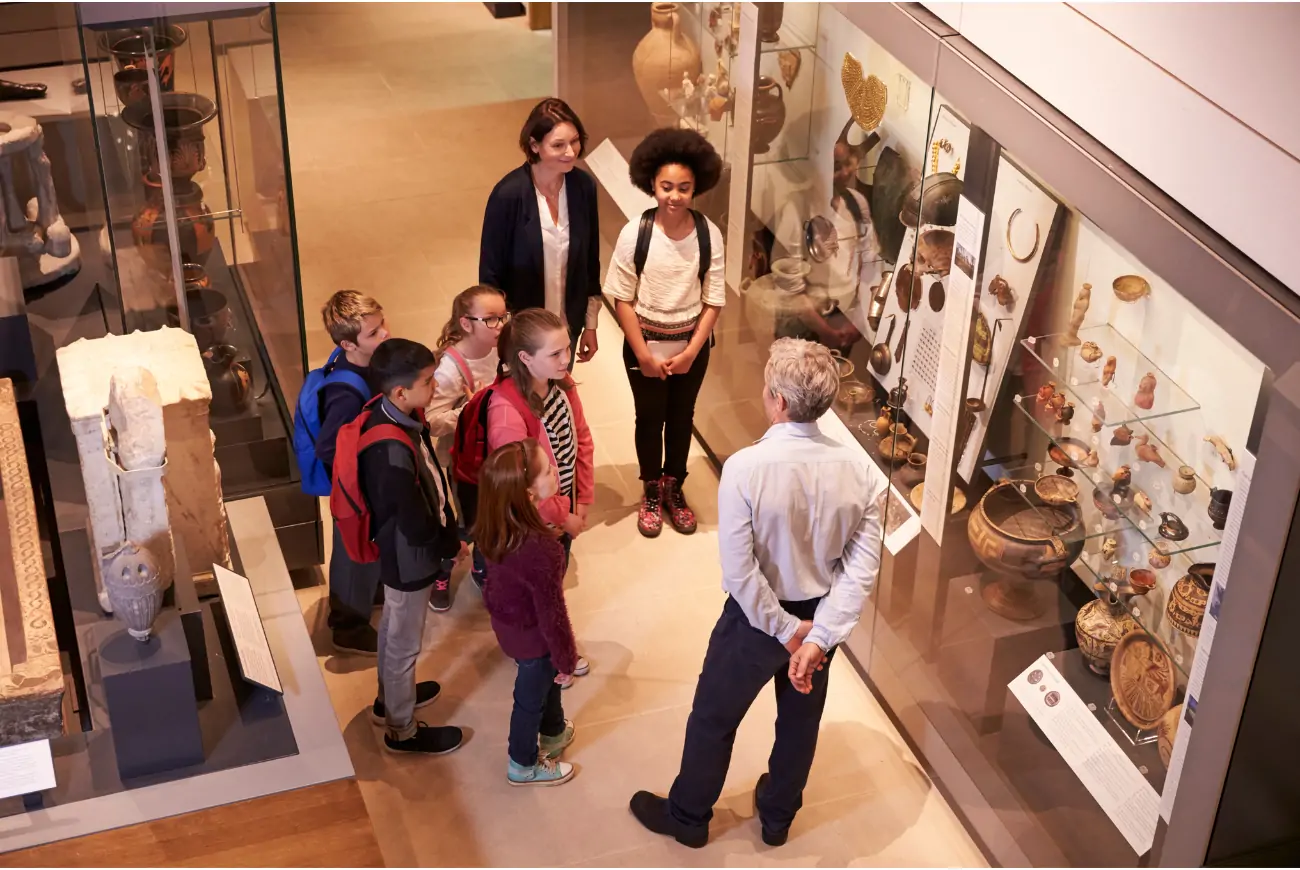
In the UK, we are very lucky to have many cultural institutions like museums, galleries, and exhibitions that are accessible for all to visit – there’s even a handy list of all free museums and attractions in England to help! Even when they are very young, exploring museums can be a fantastic way to open their eyes to the diversity of the natural and social world. If you live near a large museum or gallery, you can explore it in sections to make it easier for little ones to take it all in. They also host loads of educational activities, workshops, and special events, so keep an eye on the calendar and join in the fun!
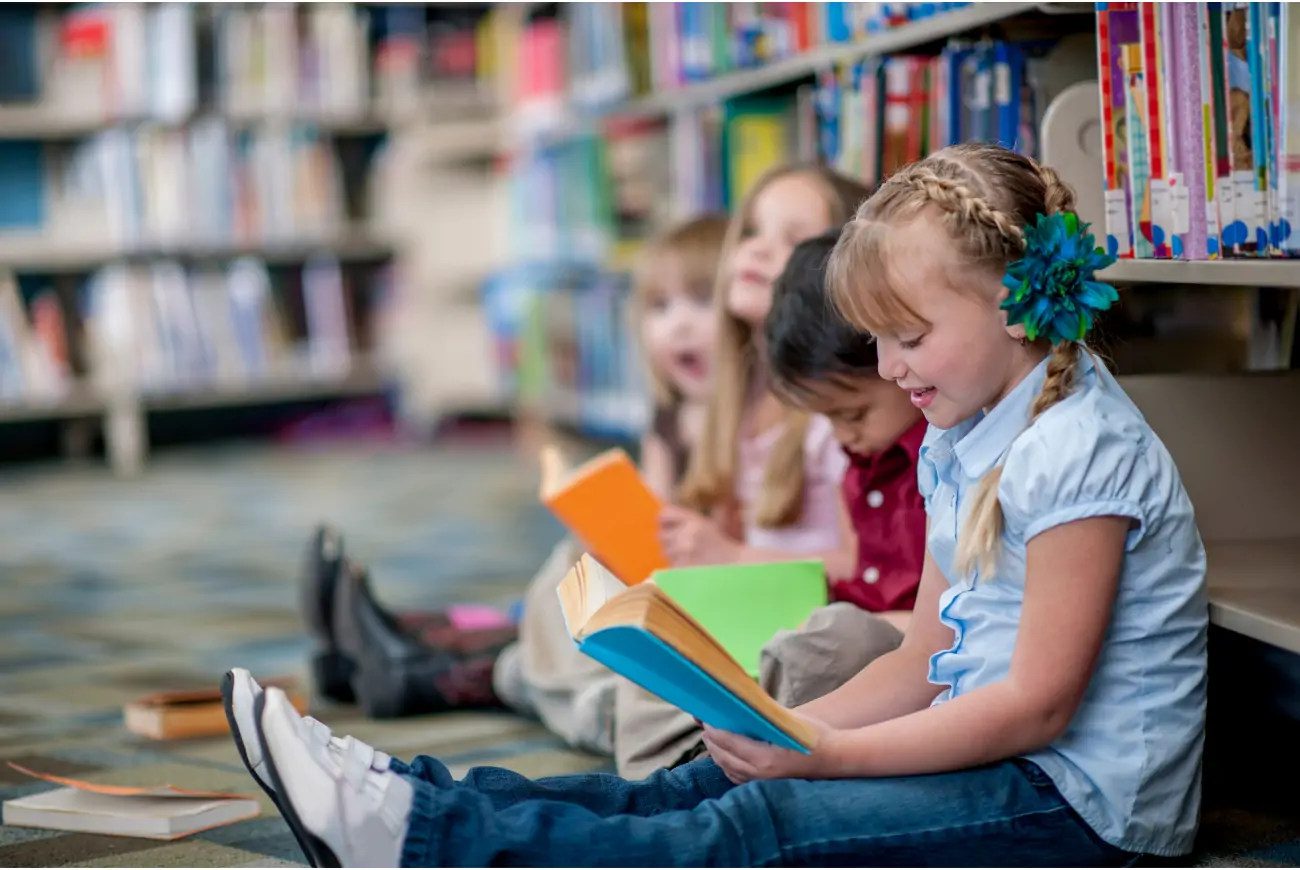
Reading is one of the best ways to expand your mind. Both fiction and non-fiction can teach you all about people and places you might never have encountered in your everyday life, exposing both kids and adults to the diversity of our world. Literature is becoming a more inclusive space, which is great, but we still have to be mindful about what we choose if we want to see that diversity. Only 14% of children’s literature published in 2022 featured a main character from an ethnic minority. Try to curate a bookshelf that features all kinds of people and stories to teach your little reader about new perspectives and cultures.
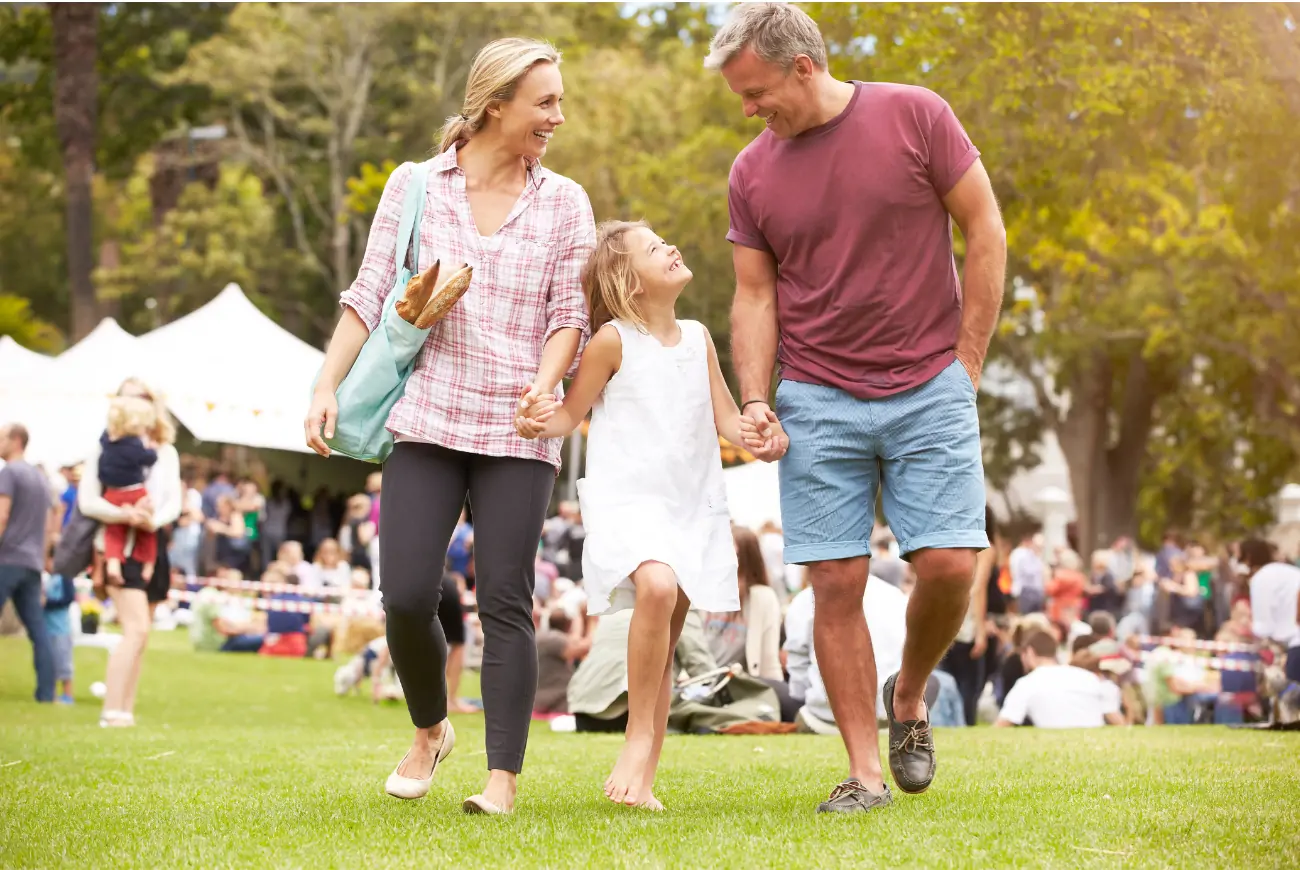
Living in a multicultural society means that we have access to a full calendar of cultural celebrations and events to join in with and support. Although it may be harder for smaller communities, attending a cultural event can be a very enriching and valuable experience for everyone, so it’s worth travelling for something special if you can. Try to give some historical context and understanding of the significance beforehand to help them engage with the occasion and feel more included.
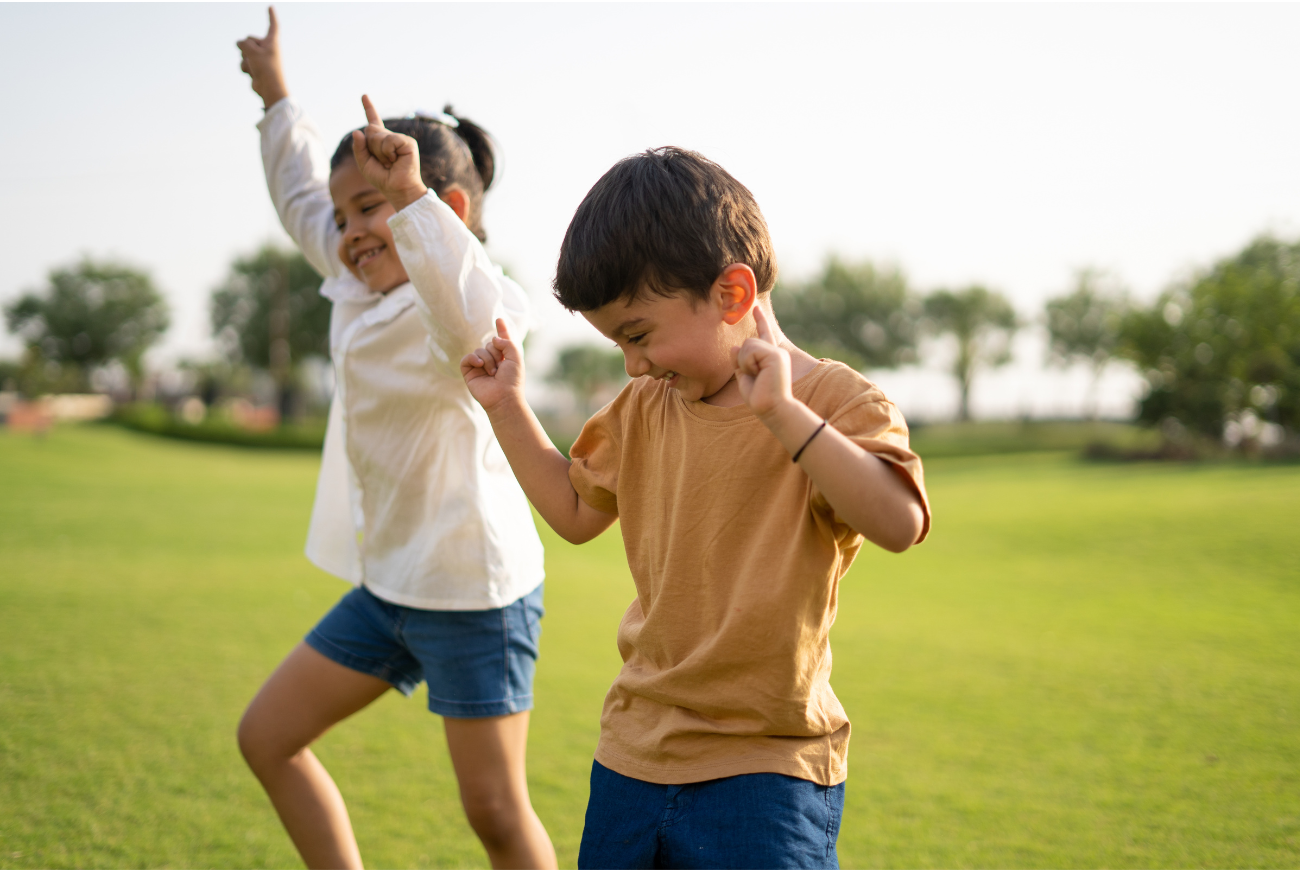
Exposure to diverse art and music is a super fun way to engage with other languages! Listening to new genres broadens their musical education, and you might find your new favourite artist. Even try to make your own music and copy the different sounds with musical toys, learning all about music theory and the history of different cultural songs.
You can also watch bilingual kids’ TV shows, or if they’re a bit older, try watching TV with subtitles. Hearing different languages and learning what it’s like to not understand the language spoken is a great way to teach empathy as well as develop language skills. When we’re young, our brains are incredibly quick to pick up languages, and being bilingual not only allows you to communicate with more people but has also been shown to improve social skills, confidence, problem-solving, and creativity!
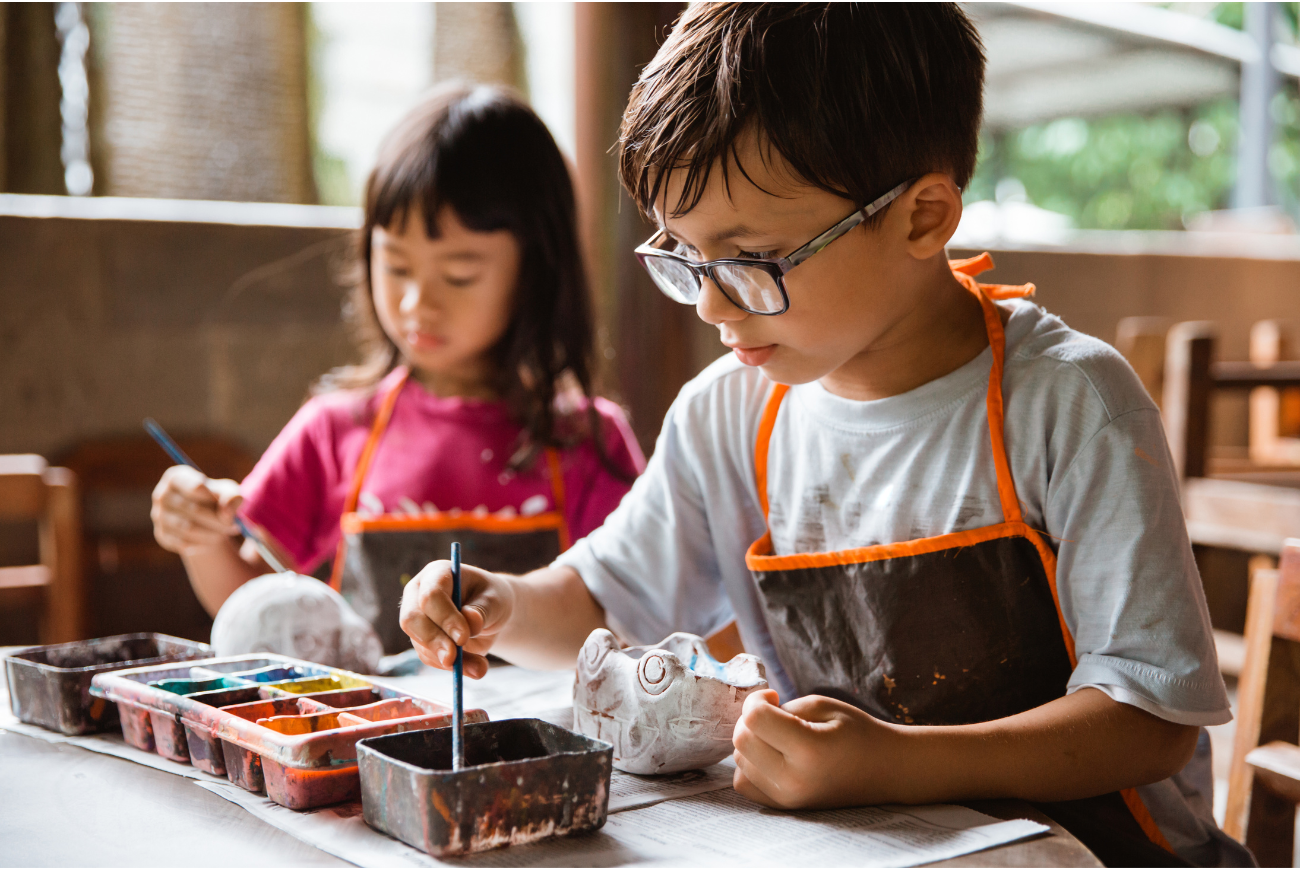
Getting hands-on is the best way for little ones to engage with what they’re learning and try it out for themselves. Arts and crafts are perfect for an active afternoon at home, and once you’re done, they’ll have something they have made to admire! While there are endless possibilities, here are just a few activities to inspire your next craft session:
As with any cultural activity, incorporate some basic history and facts to tie together why this art is important to others. Explore our arts and crafts equipment to pick up what you need.
Ultimately, the most important thing you can do to encourage your child to be accepting and kind to others is to lead by example. Always take advantage of opportunities to educate yourself and them when you chance upon something new, showing them how to move through the world with an open mind and heart.
Read our disclaimers.